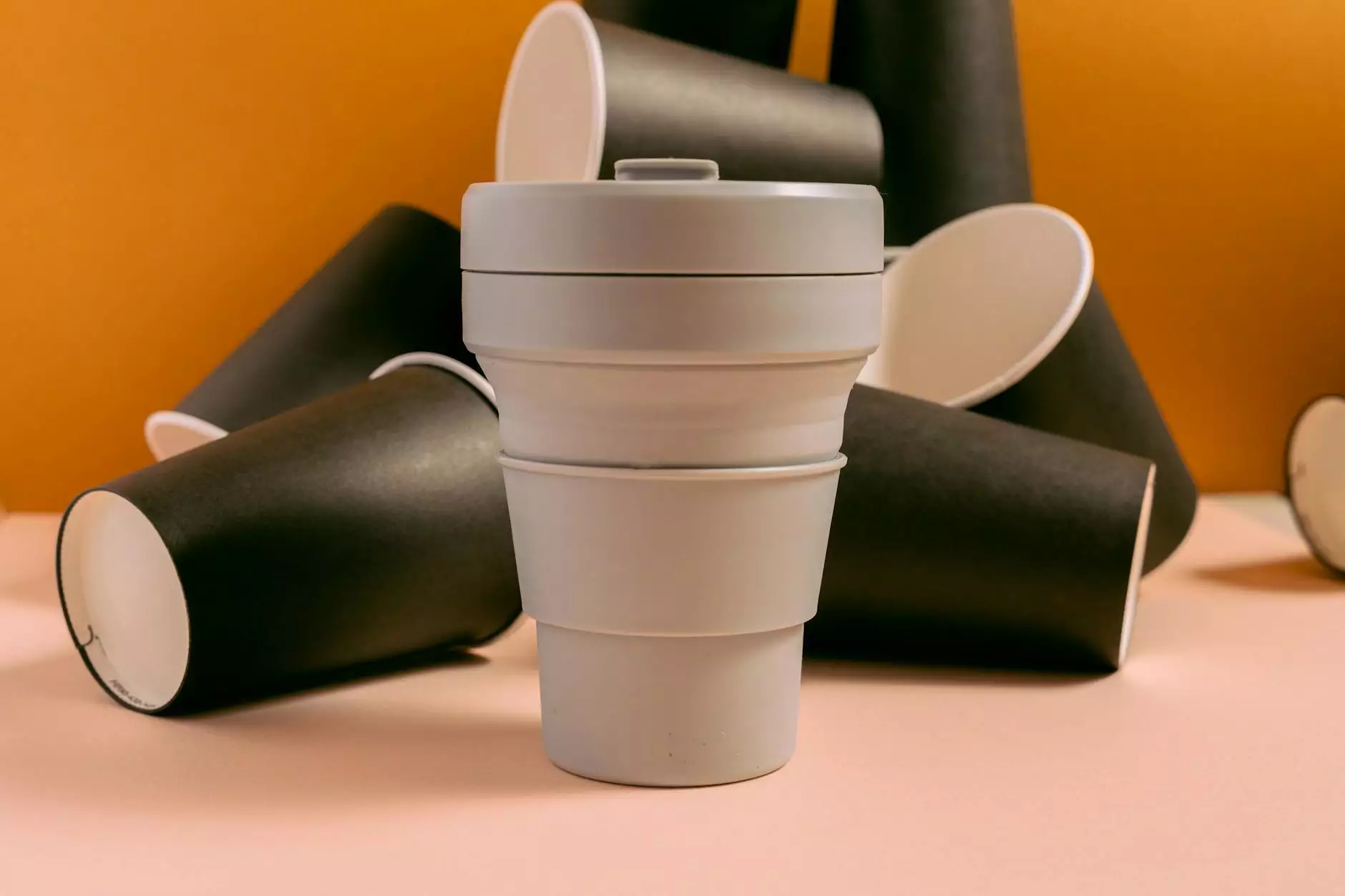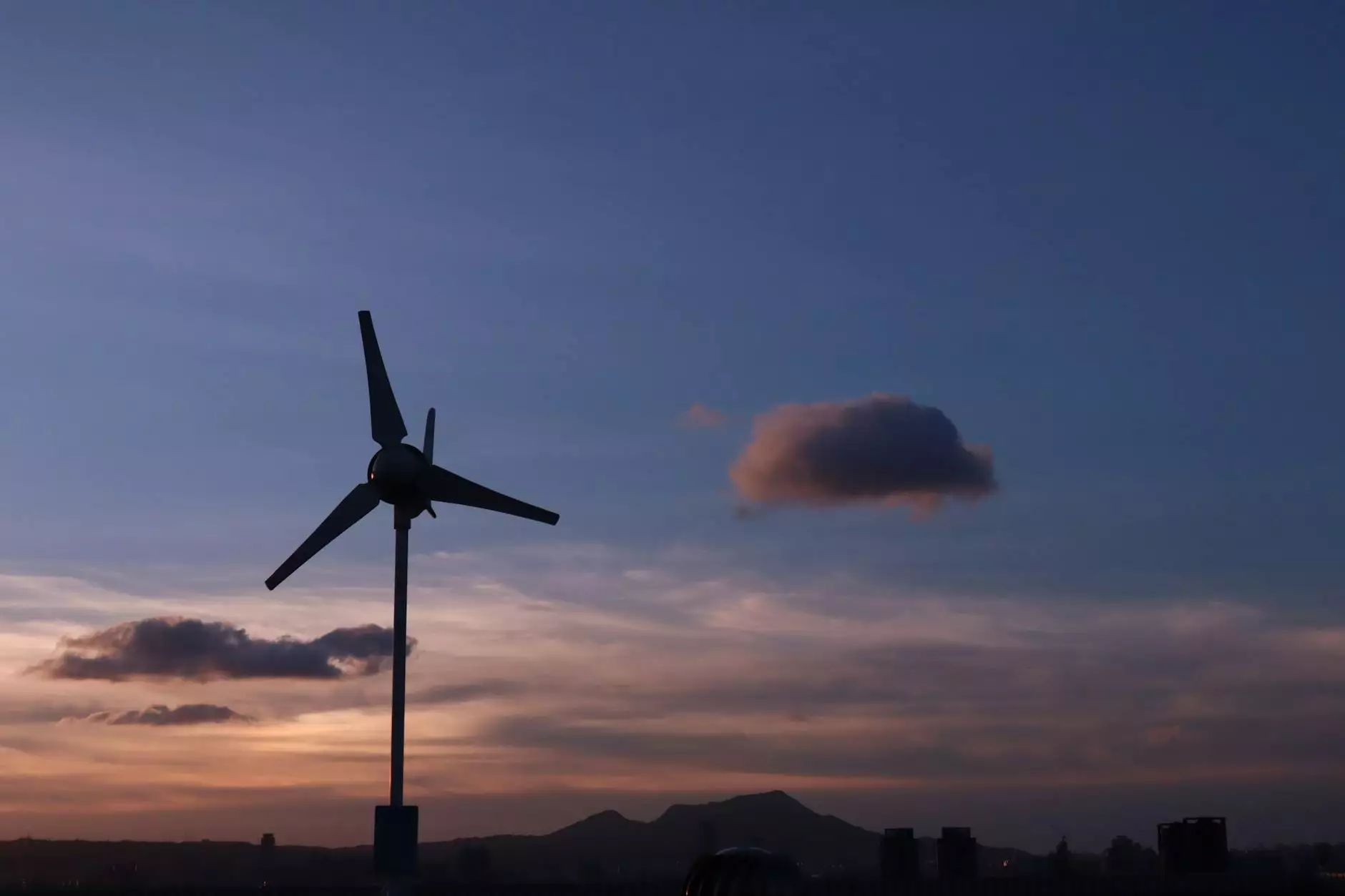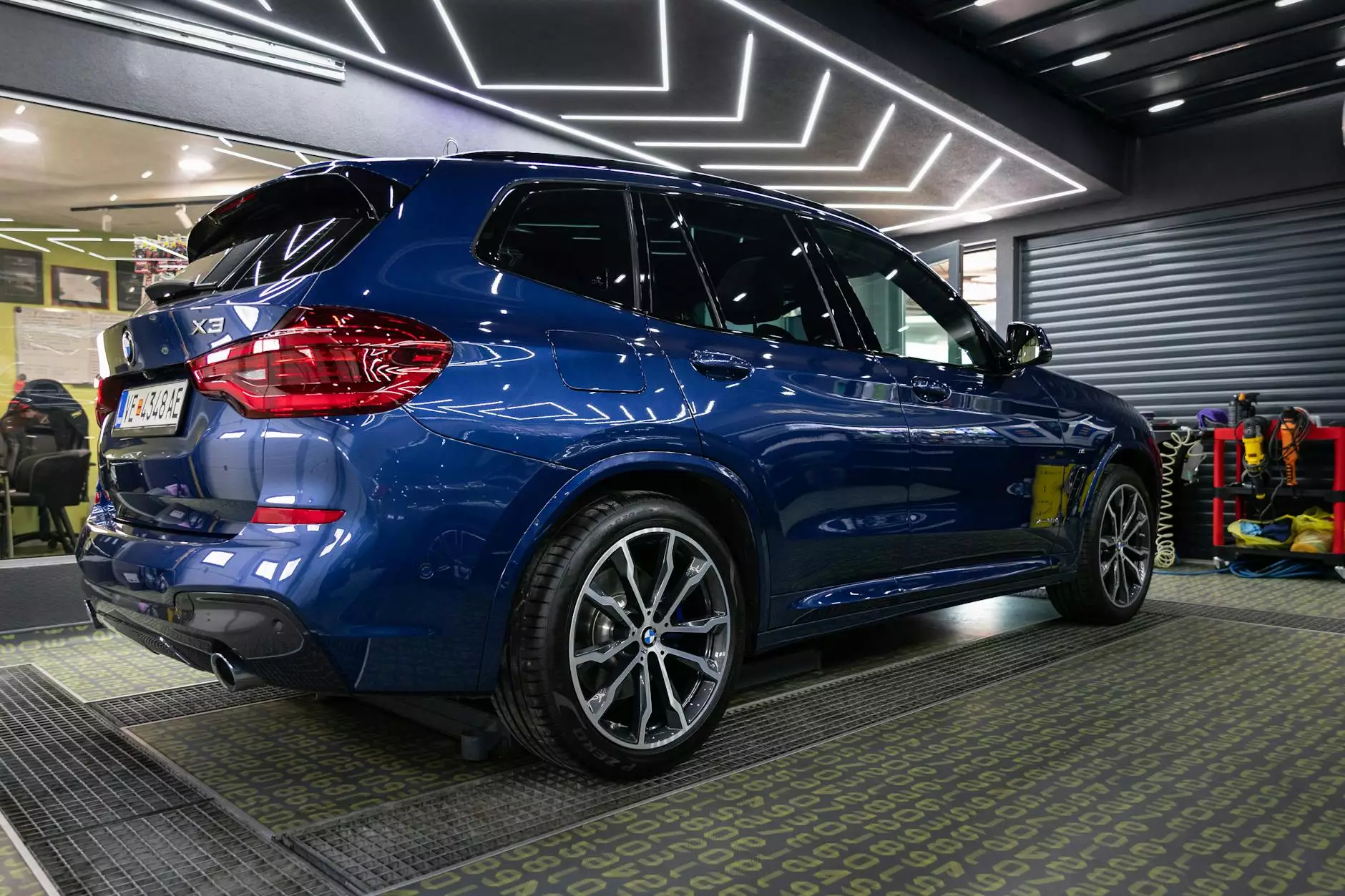The Dual Clutch Gearbox: Revolutionizing the Automotive Industry

The dual clutch gearbox represents a significant advancement in automotive transmission technology, blending the performance of manual gearboxes with the convenience of automatic systems. This article delves deep into what a dual clutch gearbox is, how it operates, its advantages, and its implications for the future of the automotive industry.
What is a Dual Clutch Gearbox?
A dual clutch gearbox is a type of automatic transmission that uses two separate clutches for odd and even gear sets. This setup allows for faster gear shifts and improved efficiency compared to traditional automatic transmissions. By pre-selecting the next gear before it is needed, a dual clutch system can provide almost instantaneous gear changes, enhancing the performance of the vehicle.
Key Components of a Dual Clutch Gearbox
- Clutch 1: Engages the odd-numbered gears (1st, 3rd, 5th, etc.).
- Clutch 2: Engages the even-numbered gears (2nd, 4th, 6th, etc.).
- Input Shaft: Transmits engine power to the transmission.
- Output Shaft: Delivers power to the wheels.
- Gear Sets: Provide various gear ratios for proper vehicle speed and efficiency.
- Control Unit: Manages the operation and coordination of the clutches and gear changes.
How Does a Dual Clutch Gearbox Work?
The operation of a dual clutch gearbox involves coordination between the two clutches. When the driver accelerates, the gearbox engages the first clutch, which transmits power from the engine to the wheels through the odd gear set. As the vehicle gains speed, the system simultaneously pre-selects the next gear from the even gear set using the second clutch. This setup allows for an incredibly quick and smooth transition between gears without any noticeable power loss.
Operating Principles
The functioning of a dual clutch gearbox can be broken down into several key principles:
- Pre-selection: The next gear is engaged in advance, minimizing delay.
- Simultaneous Engagement: While one clutch disengages, the other engages almost instantaneously.
- Hydraulic or Electronic Control: The system is managed by either hydraulic mechanisms or electronic controls which optimize performance.
Advantages of Dual Clutch Gearboxes
There are several compelling reasons why the dual clutch gearbox has gained popularity among automotive manufacturers and enthusiasts alike:
- Faster Gear Changes: Dual clutch systems offer shift times that are quicker than both manual and traditional automatic transmissions.
- Improved Fuel Efficiency: By maintaining power through shifts, dual clutch gearboxes optimize fuel consumption.
- Smoother Ride Experience: The seamless transitions enhance driving comfort, particularly in stop-and-go traffic.
- Enhanced Performance: The quick shifts allow for better acceleration, essential for sports cars and high-performance vehicles.
- Driver Control: Many systems allow drivers to engage manual modes, providing a more engaging driving experience.
Applications of Dual Clutch Gearboxes in the Automotive Industry
Dual clutch gearboxes are employed in various types of vehicles, from sports cars to family sedans. Here’s how they fit into the automotive landscape:
Performance Cars
Many high-performance vehicles utilize dual clutch transmissions due to their ability to deliver rapid gear changes and improved power delivery. Brands like Porsche and Audi have integrated these systems into their sports models, enhancing track performance.
Everyday Vehicles
Not only limited to luxury or performance cars, dual clutch gearboxes are increasingly found in everyday consumer vehicles. They offer improved efficiency and a better driving experience, making them appealing to the regular driver.
Electric and Hybrid Vehicles
The rise of electric and hybrid cars has also seen the adoption of dual clutch technology. These systems help maximize the efficiency of electric powertrains, enabling smoother acceleration and deceleration.
Challenges and Considerations
While dual clutch gearboxes have numerous advantages, they are not without challenges:
- Complexity: The systems can be more complex than традициональ automatic transmissions, potentially leading to higher repair costs.
- Initial Cost: Vehicles equipped with dual clutch transmissions may have a higher price tag compared to similar models with traditional gearboxes.
- Heat Issues: The fast gear changes can generate significant heat, requiring effective cooling solutions.
The Future of Dual Clutch Gearboxes
As technology continues to evolve, so too will the dual clutch gearbox. The future may see:
- Enhanced Software Algorithms: Improvements in control software will optimize performance and efficiency even further.
- Integration with Autonomous Driving: Dual clutch systems may play a crucial role in vehicles equipped with autonomous driving features, enabling seamless acceleration and deceleration without human intervention.
- Simplified Designs: Future designs may reduce mechanical complexity while enhancing durability and performance.
Conclusion
In conclusion, the dual clutch gearbox is a transformative technology within the automotive industry, combining the best elements of manual and automatic transmissions. With its advantages in speed, efficiency, and driving experience, it is no wonder that more manufacturers are embracing this technology. As the automotive world moves towards more advanced systems, including hybrid and electric vehicles, the dual clutch gearbox stands poised to play a vital role in the future of driving.
About Shenghai Auto Parts
At Shenghai Auto Parts, we specialize in high-quality automotive components including advanced transmission systems. Our commitment to quality and innovation positions us at the forefront of the auto parts and supplies industry. Explore our extensive range of products and see how we can meet your automotive needs today!









